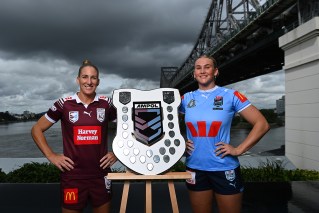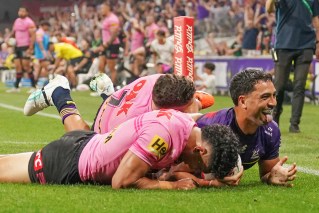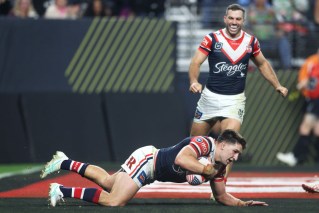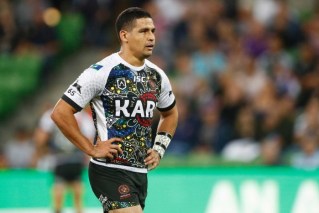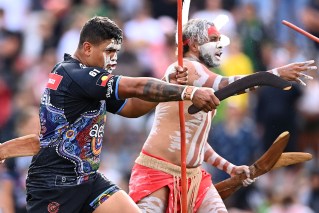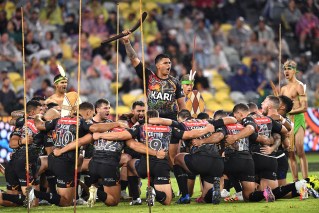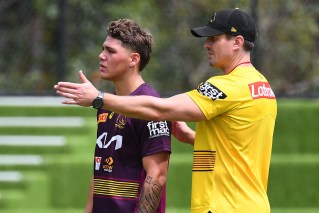NRL’s injury crisis: ‘Doc’ reveals what is really going on
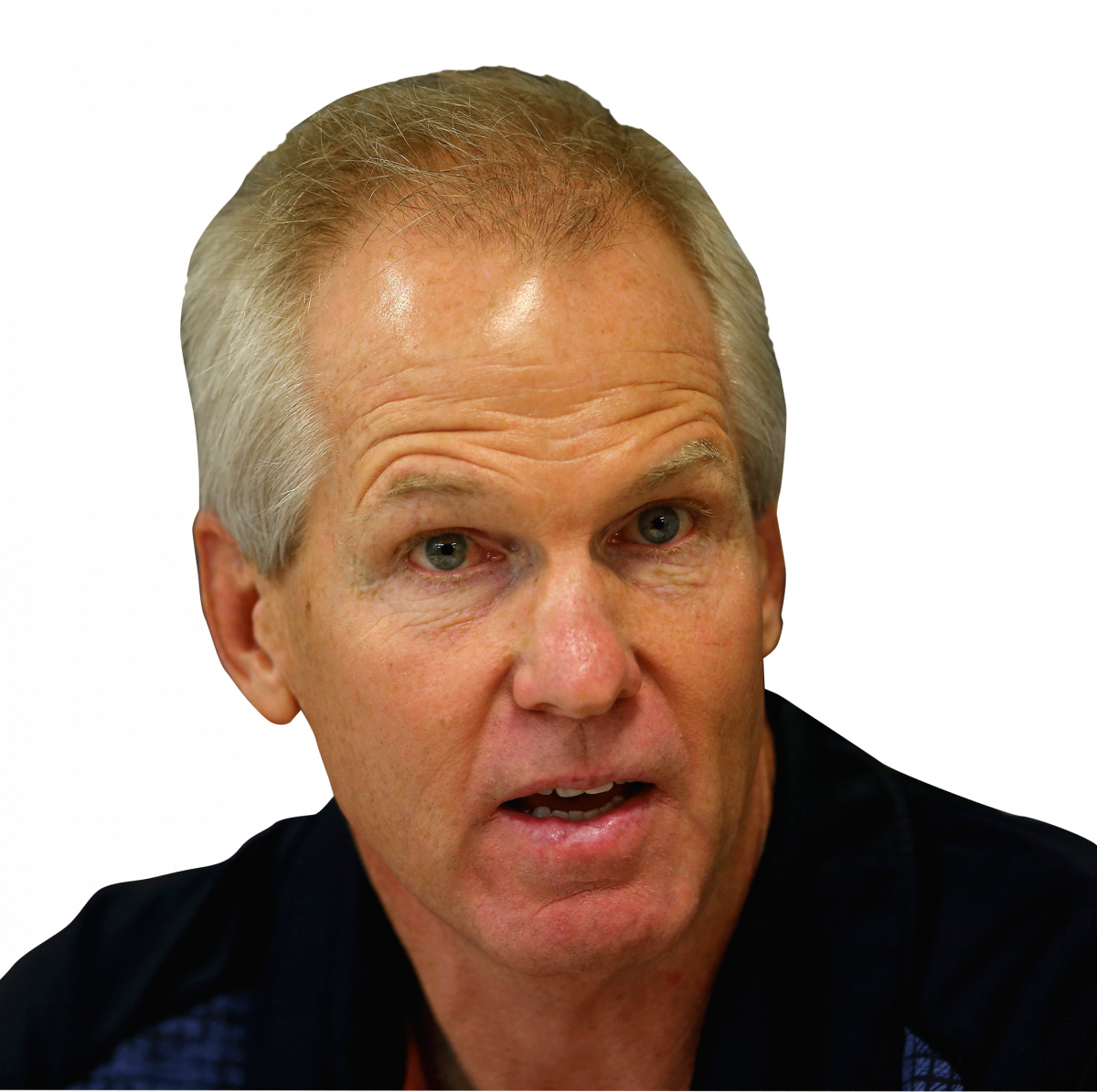

The Sharks' Shaun Johnson is one of a growing number of injuries in season 2019. Photo: Getty
The NRL is facing an injury crisis, with no definitive explanation as to why this season has seen such a number and range of injuries afflicting top players.
Soft tissue injuries like Shaun Johnson’s pulled hamstring, Nick Cotrick’s ankle ligament damage and David Klemmer’s fractured wrist represent the diversity of pain being inflicted in the home and away season.
Some see it as just unlucky, while others see patterns and are concerned enough to want to change the rules as a preventative measure.
Time to talk to an expert.
Doctor Martin Raftery, who is the International Medical Director for rugby union, cut his teeth as a NRL club doctor at St George and played for Cronulla.
Raftery, known to all as Doc, was a pioneer of collecting data to assess the injury risks of playing and preparation.
This science called “periodisation” is why you see those little pockets on the back of jerseys where GPS units sit to measure players output.
Blood and saliva testing, wellbeing assessments along with stress response testing are just a few of the processes clubs use to understand how their players states.
Rafferty breaks it down to the simplest formula,
“The two major contributing factors behind injuries are velocity and fatigue,” The New Daily.
Rafferty says this is impacting the NRL right now because velocity is increasing.
One of the key statistic now being collected is “high speed efforts” which measures how fast and how often players get close to their peak speed.
We are seeing players regularly getting around the 20kph mark. In fact the speed and frequency of player efforts has has risen nearly 10 per cent over the past three season. This has key impacts in on-field contests.
- The speed of collision has increased which has an obvious consequence in respect of injuries.
- With player visiting the range of top speed more the risk of muscle tears goes through the roof not just by reaching top speed but also having the decelerate rapidly and change direction at speed.
When examining the impacts of fatigue there is the obvious side and then the more obscure.
- The more tired your body becomes the more vulnerable you are to the injury. That is something we have all experienced not just in sport.
- Fatigue also deteriorates decision-making and skill execution, again elevating the risk of getting hurt in a contact sport.
What we know with the NRL is that we are getting what we demand, and that is more ball in play, quicker decisions, less penalties and time limits on scrums, dropouts, penalties and conversions.
All of this leads to greater individual exposure to fatigue.
Do we want to stop this trend of more footie in the 80 minute? Well, hell no!
In these circumstances people tend to look at the rules and the amount of substitutions.
However going down this path we see both side the of the injury equation come to life.
More substitutions equal less fatigue but greater velocity as players are fresher.
Less subs equal less velocity but fatigue becomes more prevalent so the risk of injury again increases.
So what is the answer? The Doc has this answer.
“Give these athletes time to adapt and injuries will decrease dramatically within a year”.
I agree, the game is as good as it’s been in the last decade and what we need to do is give these young men time to get to grips with the speed and the demands of the game.
The game is faster and more demanding. If we give players bodies time to adjust to that reality then injuries will decline and the game will get even better.

